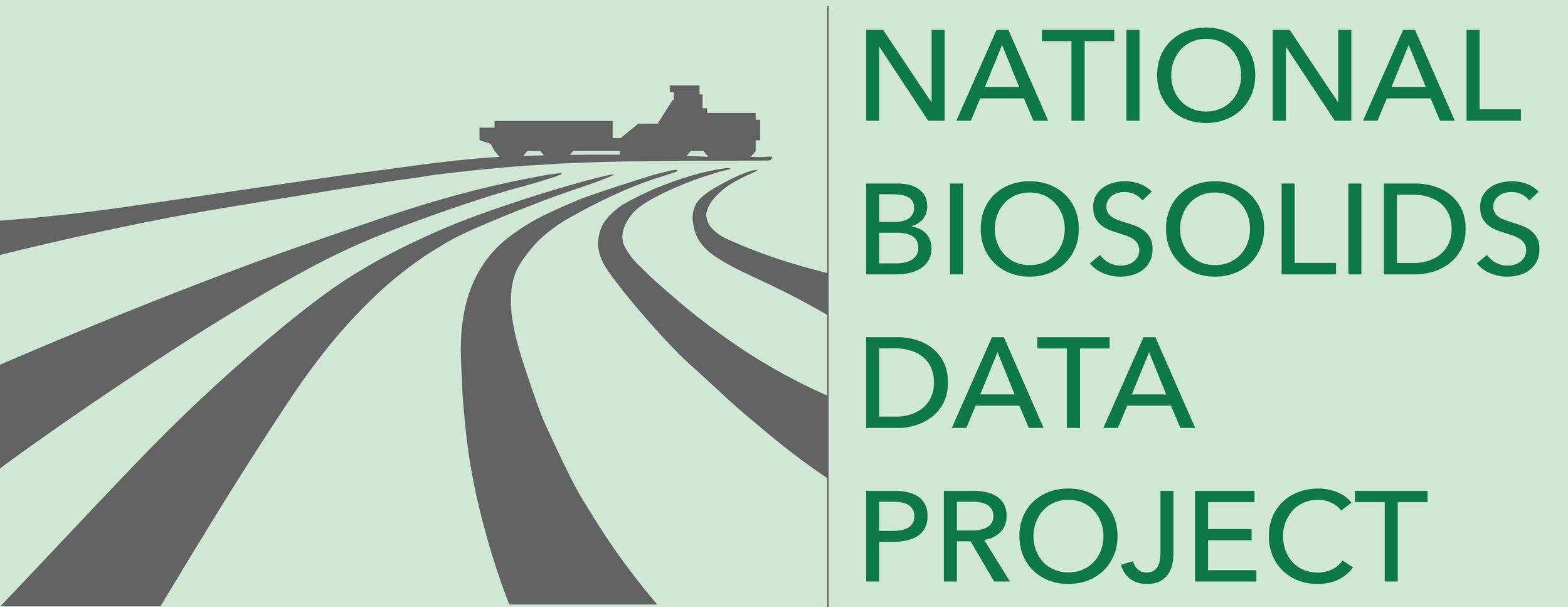State Data
Confidence in data for this state:
HIGH
2018 data unless noted.
Definitions
Terms used on this website and in data sets are defined & discussed here.
Annuvia Pellet Fertilizer. Photo courtesy of NEBRA.
Emerald Coast UA Composting. Photo courtesy of BioCycle.
State Statistics Dashboard
State Summary
● Most wastewater solids (sewage sludges) are treated to make biosolids and are applied to soils. In 2018, about half were treated to the highest quality standard, a special “Class AA” designation under Florida regulations, and distributed and marketed as fertilizer. About a quarter were Class B biosolids applied to soils at permitted sites. The remaining biosolids went to landfill, except for ~0.4% that was burned at waste-to-energy facilities.
● Class AA biosolids have been distributed and used with few further restrictions, making them flexible fertilizer and soil amendment products in the general marketplace. The amount of Exceptional Quality (EQ) Class AA biosolids produced in Florida has been increasing over the past decade.
● Biosolids beneficial use on soils – i.e. Class B land application – has created increasing concerns amongst the public and lawmakers because of malodors and other nuisances and potential impacts of biosolids-borne phosphorus (P) on surface water quality. This led to law and regulation revisions that became effective in June 2021 and may reduce biosolids beneficial use in the Sunshine State in the coming years.
Charlotte Country BioRecycling Center. Photo courtesy of Synagro.




